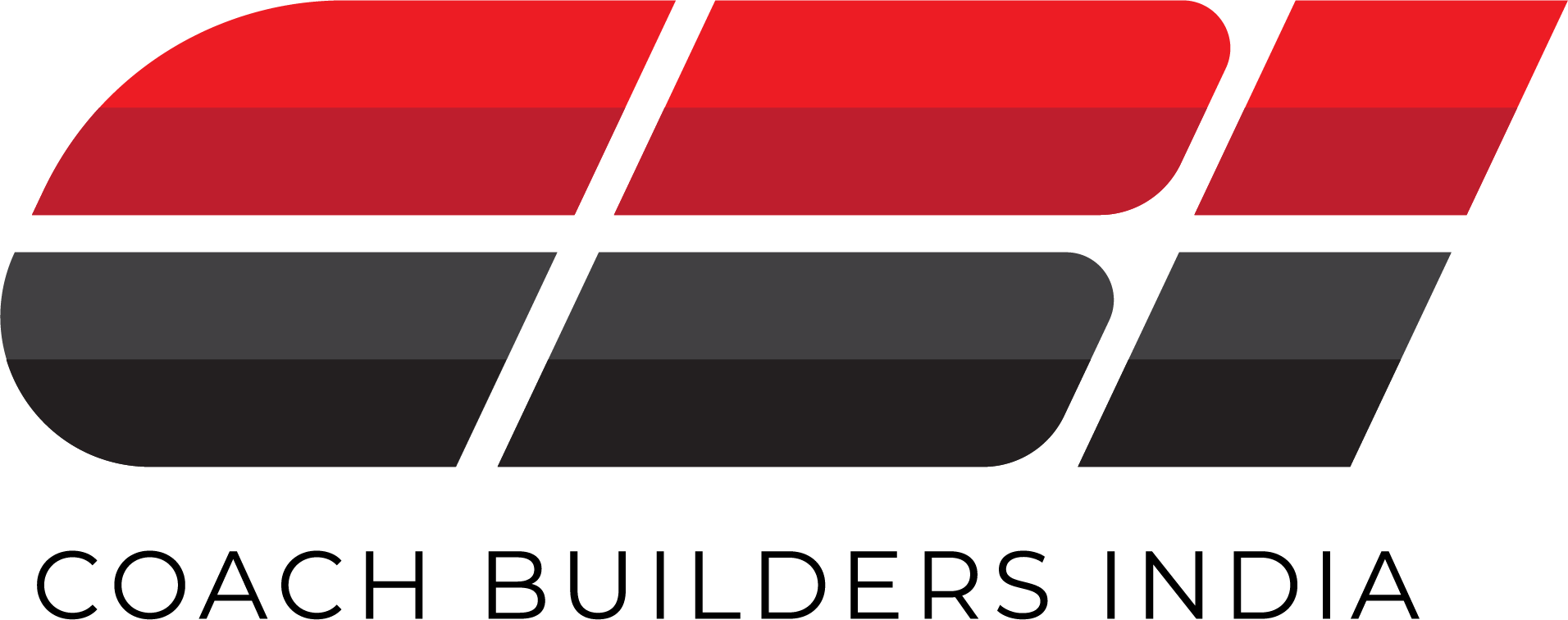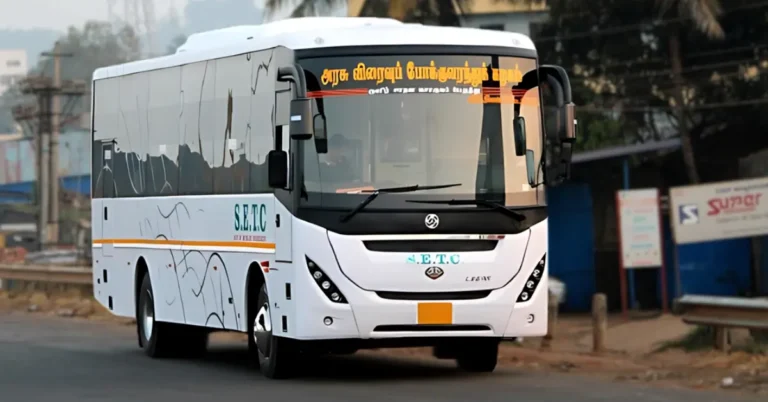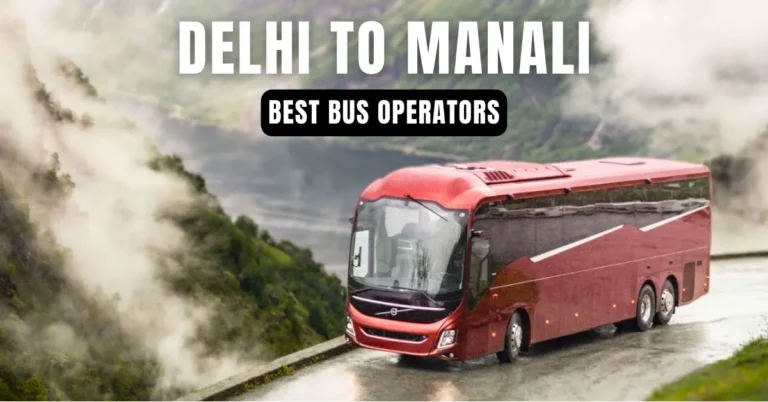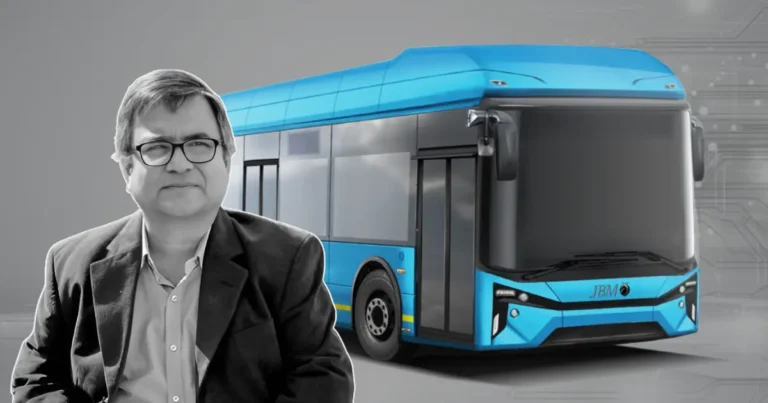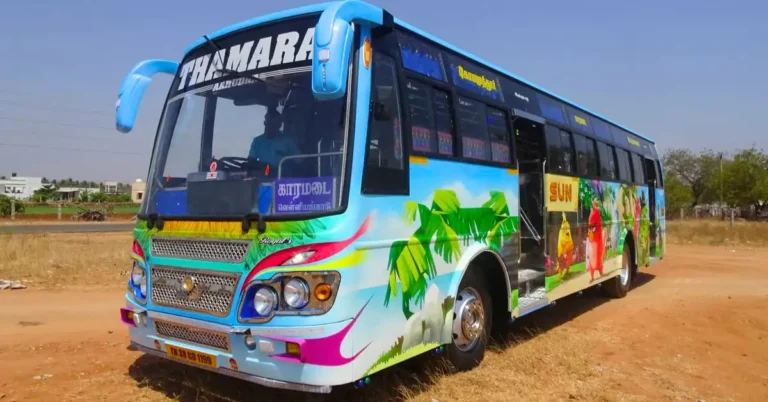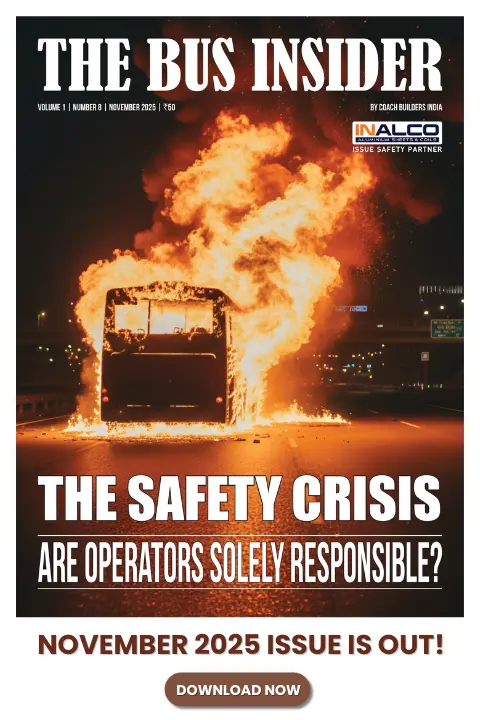The Bus Industry is Not the Same Anymore Says Cee Jay Trans’ Solomon Dinakaran
Bus Operator Interview: Cee Jay Trans’ MD Solomon Dinakaran shares insights on how the bus industry is evolving and how his company adapts to changing market demands, technology shifts, and customer expectations.

For any successful business, adaptation is key—but in India’s fast-evolving bus industry, it’s a necessity. Few know this better than Solomon Dinakaran, Founder and Proprietor of Cee Jay Trans, a rising name in Tamil Nadu and Karnataka’s intercity transport sector.
Solomon is not just a fleet operator—he is a keen observer of industry trends, a hands-on businessman, and a problem solver who has navigated some of the toughest challenges in recent years.
Since starting Cee Jay Trans in 2019, he has witnessed the industry shift dramatically, from changing passenger expectations to new financial and regulatory hurdles.
Launching a bus service is no easy task, but launching it right before a global pandemic was a challenge few could have foreseen.
When COVID-19 hit, buses stopped running, revenues dried up, and many operators shut down for good. But instead of walking away, Solomon saw it as a test of resilience.
By mid-2021, as operations resumed, Cee Jay Trans was back on the road, stronger and smarter than before.
Today, the company runs 10 buses across five key routes, focusing on quality, safety, and customer satisfaction.
With his ground-level insights and real-world experience, Solomon brings a practical, no-nonsense perspective on what it really takes to survive and grow in the Indian bus industry today.
Also Read: IntrCity’s Manish Rathi on the Road Ahead for Electric Bus Adoption in the Private Sector
Zainab Azhar (ZA): Can you tell us about Cee Jay Trans? How did it start, and what have been some key milestones?
Solomon Dinakaran (SD): Cee Jay Trans started in 2019 with a simple vision — to provide safe, comfortable, and efficient bus services. But just as we were getting into the business, COVID-19 hit. Everything stopped. The buses were parked, there was no revenue, and we didn’t know when things would get back to normal.
But we used that time to rethink, replan, and improve. By mid-2021, when operations resumed, we were back—stronger and more prepared.
Today, we operate 10 buses on five routes across Tamil Nadu and Karnataka. We’re still growing, but our focus is on quality over quantity.
ZA: You’ve been in the industry for a few years now. How has the bus industry changed over the last 10 years?
SD: It has changed a lot. Two decades ago, things were much simpler. We didn’t have to worry about online ratings, aggregator pressures, or high operational costs.
Passengers were more loyal to their bus operators. They traveled frequently on the same routes and trusted certain names. But now? The industry is completely different.
A lot changed after RedBus and similar platforms came in. While they have made booking more convenient for passengers, they have also pushed operators to compete differently. Today, factors like online ratings and customer reviews play a huge role in shaping a company’s reputation.
If a bus gets one bad review, it can immediately affect bookings. This has made service quality more important than ever, as passengers now have more choices at their fingertips.

ZA: So in a way, it has become a double-edged sword—better for customers, but more challenging for operators?
SD: Exactly! On one side, it has forced operators to improve. Buses are cleaner, services are more punctual, and technology is being used to enhance the travel experience.
But on the other side, it has also led to challenges. Operators are pressured to offer discounts, invest in advertising, and constantly monitor online ratings to stay competitive. Some smaller operators struggle to keep up with this new system.
“Earlier, a bus operator could run based on goodwill and a good track record. Now, an algorithm decides your fate.”
ZA: What are the biggest trends shaping the bus industry today?
SD: The biggest trend? It has to be sleeper buses. More and more operators are investing in sleeper coaches because passengers are demanding comfort over everything else. Night travel is increasing, and if you don’t offer proper reclining seats, AC, and smooth rides, you’ll struggle to compete.
Another shift is the introduction of BS6-compliant buses. These have stricter emission standards, making them better for the environment, but they’re also more expensive to maintain. So, while the government is pushing for cleaner buses, it’s also making it costlier for operators to upgrade their fleet.
One thing that hasn’t changed, though, is the regional differences in bus preferences. For example, in North India, you see a lot of multi-axle Volvo buses. But in Tamil Nadu and Kerala, passengers don’t prefer large buses because government transport services run frequent, smaller buses.
So, the market dynamics are very different depending on where you operate.
ZA: Let’s talk about technology. What are the key technologies you rely on, and how have they helped your business?
SD: Technology has made a huge difference in bus operations. Today, we use GPS tracking, driver monitoring systems, and CCTV cameras to improve efficiency and safety.
Passengers feel safer knowing the bus is being tracked in real-time.
GPS tracking helps us with fuel management—we can monitor fuel usage and reduce unnecessary wastage.
We also use driver monitoring systems to check if drivers are following safety rules and staying alert. And, of course, CCTV cameras have made travel safer for passengers, especially women and children.

ZA: Many new operators enter the business and struggle. What are the biggest mistakes you see them make?
SD: The biggest problem is that new operators don’t always understand how competitive the market is today. Earlier, it was easier because passengers were loyal to certain operators.
But now, everything is online and dynamic—one day you’re doing well, the next day your ratings drop, and passengers switch to another service.
Another challenge is that new entrants often don’t know how to handle aggregator platforms. They think joining a platform like RedBus will solve all their problems, but then they realize that they have to compete on discounts, manage online ratings, and deal with unpredictable demand.
Many new operators struggle with this and leave the business early because they can’t keep up. So Basically, now, it’s not just about owning buses anymore. You need to know how to run a business in a digital world.
ZA: If you could ask the government to change one thing to help private bus operators, what would it be?
SD: There are two main things—the toll charges and the GST system.
Meanwhile, toll charges have increased significantly, making long-distance routes less profitable. If the government could reduce toll fees and allow GST refunds, it would help the entire industry.
Right now, GST for bus operators is 5%, but we can’t claim refunds. That puts extra financial pressure on us.”]
“Right now, GST for bus operators is 5%, but we can’t claim refunds. That puts extra financial pressure on us.”
ZA: Finally, what advice would you give to new or aspiring bus fleet operators?
SD: First, understand your market before expanding. Don’t just start a bus service because you think it’s profitable—do your research, analyze demand, and plan your finances.
Second, focus on passenger experience. If you offer clean buses, friendly staff, and on-time service, passengers will return, no matter how many competitors you have.
And finally, embrace technology. If you’re still doing things manually, you’ll fall behind. Invest in GPS tracking, fleet management software, and customer engagement strategies—that’s the future of the industry.
“Starting a bus service is easy. Running it successfully is the real challenge.”
Final Thoughts
In a rapidly evolving industry, Cee Jay Trans stands out for its resilience and adaptability. Solomon Dinakaran is clear about one thing—operators who don’t embrace technology and prioritize passenger experience will struggle to survive.
The road ahead is challenging, but as Solomon says:
“If you get your basics right—good service, smart pricing, and proper fleet management—you’ll always have a place in this industry.“
🔊 Are you a bus fleet operator, OEM, or business in the bus industry? Share your story with us and gain valuable exposure to a wide-reaching, industry-focused audience. Contact us at info@coachbuildersindia.com or WhatsApp +91 8448229959 to get featured!
Catch the latest Bus Industry updates, Exclusive Interviews, Bus News, and International Bus News on Coach Builders India. Download the latest issue of the The Bus Insider magazine for more insights.
